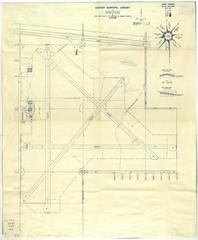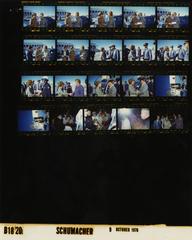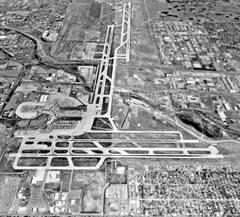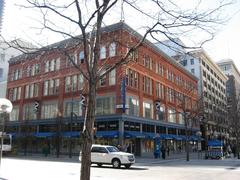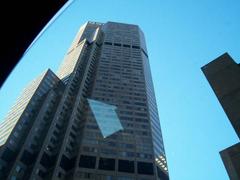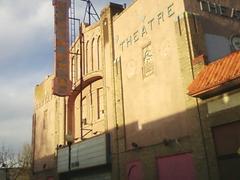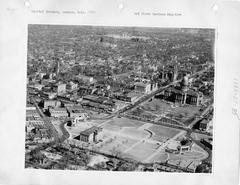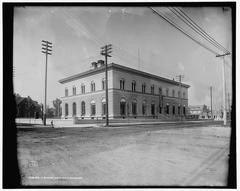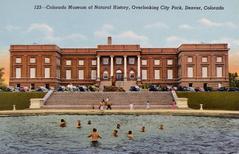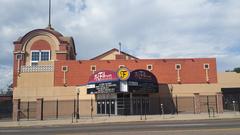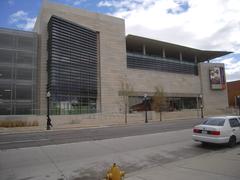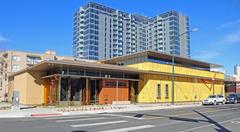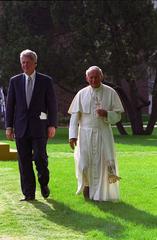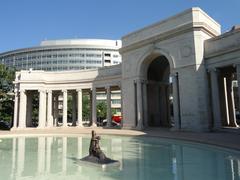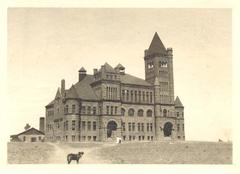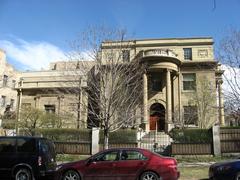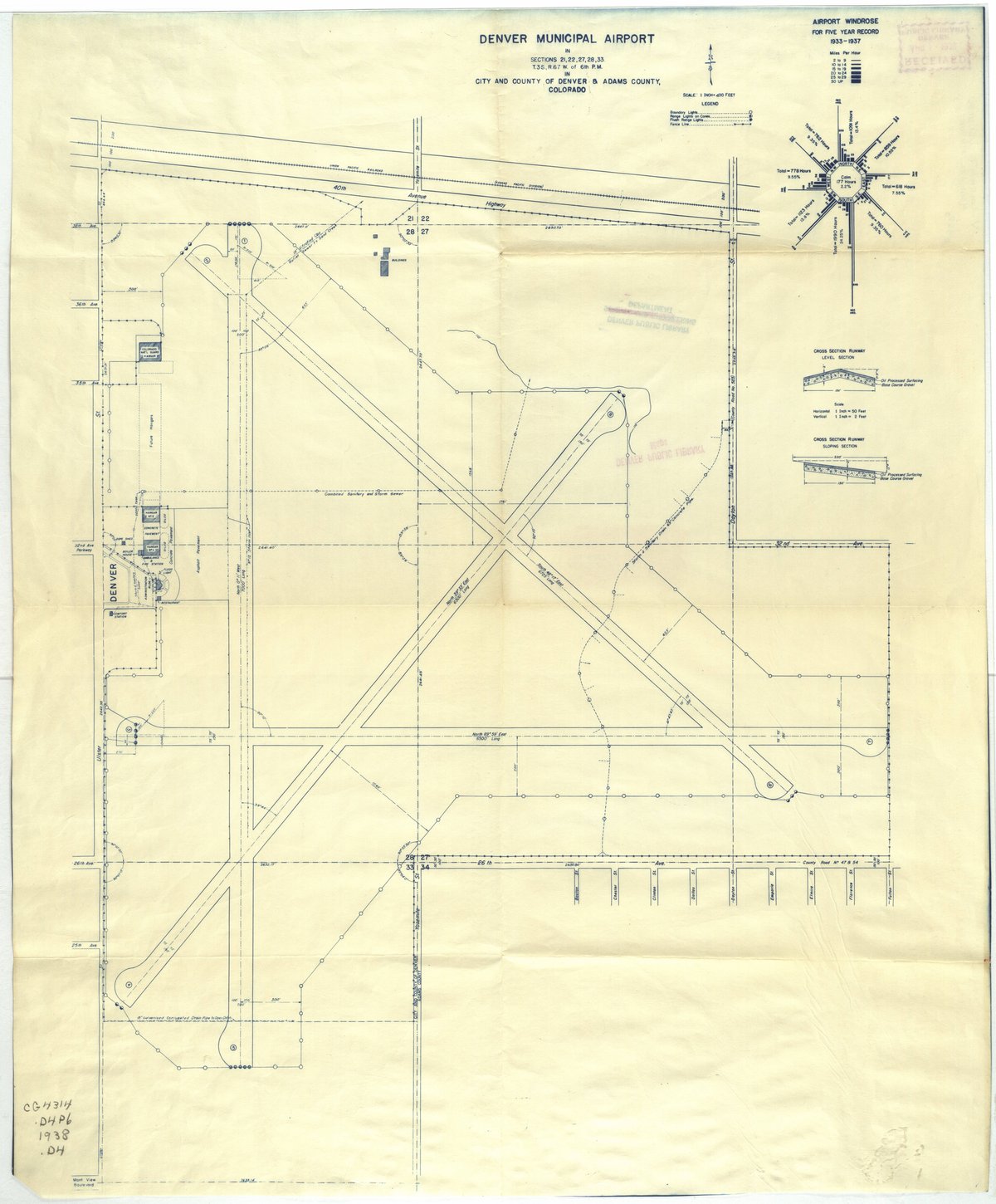
Stapleton International Airport Visiting Guide: Denver Historical Site – Tickets, Hours, and Tips
Date: 14/06/2025
Introduction
Stapleton International Airport remains one of Denver’s most influential historical sites, representing the city’s evolution from a regional hub for air mail to a major international gateway. Established in 1929 as Denver Municipal Airport, it quickly grew into a cornerstone of Denver’s economic and urban expansion. The airport thrived for over sixty years, pioneering developments in aviation, before closing in 1995 due to increasing constraints and transferring operations to Denver International Airport. Today, the former airport grounds have been transformed into Central Park Denver—a vibrant urban neighborhood that honors its aviation legacy through preserved landmarks, public art, and green spaces.
This comprehensive guide provides a detailed look at Stapleton’s storied past, practical advice for visiting the redeveloped site, and highlights must-see attractions. Whether you are an aviation history buff, urban explorer, or family traveler, this guide will help you navigate the legacy of Stapleton and the dynamic community of Central Park Denver. (Wikipedia, Denver80238, 303 Magazine)
Table of Contents
- Introduction
- Historical Overview
- Visiting Stapleton International Airport Site Today
- Central Park Denver: Redevelopment and Cultural Landmark
- Stapleton Control Tower: Visiting Hours, Tickets, and Tours
- Exploring Stapleton’s Legacy in Central Park Denver
- Practical Visitor Tips and FAQs
- Summary and Final Recommendations
- References and Further Reading
Historical Overview
Early Foundations and Development (1920s–1940s)
Stapleton International Airport, originally known as Denver Municipal Airport, opened on October 17, 1929, after a celebratory four-day festival (Wikipedia; ShunHotel). It was spearheaded by Mayor Benjamin F. Stapleton and Charles Vail, and constructed on what was then rural dairy farmland known as Sand Creek or Rattlesnake Hollow (ShunHotel).
Initially serving primarily as an air mail hub, the airport operated with a modest two-story administration building and was served by Mid-Continent Express, Western Air Express, and US Airways. By the end of its first year, it was already profitable, handling about 30 daily takeoffs and landings. United Airlines and Continental Airlines began service in 1937, marking Stapleton’s emergence as a commercial aviation center (Wikipedia). The airport quickly expanded: by the late 1930s, it had two hangars and was processing both mail and passenger flights (LiquiSearch). Its acreage grew rapidly—from 640 to 1,435 by the 1940s (Zippia). In 1941, a new control tower and modern runway lighting were added, and the airport was officially renamed Stapleton Airfield in 1944 (Wikipedia).
Postwar Expansion and the Jet Age (1945–1970s)
The airport underwent major modernization in the 1950s, including a new administration building in 1954 (Wikipedia). By 1960, Stapleton ranked fifth nationally for aircraft operations, serving over 1.5 million passengers annually, and by 1961 was third in the U.S., with over 2 million passengers (MCA80238). The airport expanded with a new 14-story control tower and additional concourses, becoming a hub for Continental, United, Western, and Frontier Airlines (Wikipedia). The first jet flight, a Continental Boeing 707, departed in May 1959 (Zippia), and in 1964, the airport was renamed Stapleton International Airport to reflect its growing status (MCA80238).
Challenges and Decline (1980s–1995)
By the 1980s, the airport’s proximity to downtown Denver imposed strict height restrictions on nearby buildings and limited further expansion (LiquiSearch). Population growth and increasing air traffic led to congestion, noise complaints, and inadequate facilities. Despite proposals to expand onto adjacent land, by the early 1990s Stapleton was handling over 30 million passengers annually but could not keep up with demand (Zippia). The Denver Regional Council of Governments began exploring new airport sites (Popular Timelines).
Closure and Legacy
On February 28, 1995, Stapleton International Airport closed, with all flights moving to Denver International Airport (Wikipedia; Simple Flying). The last flight, Continental 34 to London Gatwick, marked the end of an era (LiquiSearch). The 7.5-square-mile site was redeveloped into a mixed-use community, initially called Stapleton and renamed Central Park in 2020 (Denver80238). The iconic control tower was preserved as a tribute to the airport’s legacy (ShunHotel).
Visiting Stapleton International Airport Site Today
Hours, Access, and Tours
- Central Park Neighborhood: Open year-round, dawn to dusk.
- Stapleton Control Tower: Now home to FlyteCo Tower, an aviation-themed brewery and entertainment venue. Check the FlyteCo Tower website for current hours and tour availability.
- Tours: While the original airport terminals are gone, guided historical walking tours of Central Park and the former airport grounds are occasionally offered by Denver historical societies. Contact local organizations or visitor centers for schedules.
Travel Tips and Accessibility
- Transportation: Central Park is accessible via public transit (bus and light rail). Ample parking is available throughout the neighborhood.
- Accessibility: Parks and public spaces are wheelchair- and stroller-friendly. The control tower tour involves climbing stairs and is not wheelchair accessible.
- Family-Friendly: Central Park offers extensive playgrounds, parks, and family activities.
Nearby Attractions
- Denver Museum of Nature & Science
- Denver Zoo
- City Park
- Wings Over the Rockies Air & Space Museum
Central Park Denver: Redevelopment and Cultural Landmark
Parks, Public Art, and Events
Central Park Denver boasts over 1,100 acres of parks and green spaces, 62 miles of biking and walking trails, and numerous neighborhood pools and playgrounds. The area is a model for ecological restoration, with projects like the Sand Creek Greenway and restored wetlands supporting local wildlife. The community hosts seasonal events, concerts, outdoor movies, and farmers markets, especially at the East 29th Avenue Town Center. Public art installations and aviation-themed businesses, like FlyteCO Brewing, keep the airport’s legacy alive (Civitas Inc.).
Stapleton Control Tower: Visiting Hours, Tickets, and Tours
History and Architectural Legacy
The preserved Stapleton control tower, standing 164 feet tall, is the most prominent remnant of the airport and a symbol of Denver’s aviation heritage (303 Magazine). After years of vacancy, it was adapted into an entertainment venue and, most recently, FlyteCo Tower Brewery, which offers food, drinks, bowling, and arcade games (K99).
Tours, Schedule, and Visitor Tips
- Tour Schedule: Guided tours to the tower top are offered (mainly Wednesdays), with tickets ($10–$12) available online (FlyteCo Tower). Tours fill up quickly—book in advance.
- Physical Requirements: The tour involves climbing 11 stories (no elevator); suitable for ages 10+.
- Experience: Enjoy 360-degree views of Denver and the Rockies, plus a complimentary beer shot for guests 21+ (Denver7).
- Hours: FlyteCo Tower is open Tuesday–Sunday; check their site for details.
Exploring Stapleton’s Legacy in Central Park Denver
Physical Remnants and Redevelopment
While most airport infrastructure is gone, the legacy of Stapleton is woven into the community:
- Control Tower: A preserved landmark and entertainment venue (Simple Flying).
- Street Layouts: Some roads follow the paths of former runways and taxiways (Renew Denver).
- Public Art and Signage: Aviation-themed installations and interpretive panels tell the history of the site (Civitas Inc.).
- Hangar-Inspired Architecture: Select buildings evoke the airport’s past.
Parks, Trails, and Artifacts
- Central Park: The centerpiece park reflects the prairie landscape, offers sports facilities, and hosts community events.
- Sand Creek Greenway: Connects to regional trail systems and restored habitats.
- Interpretive Markers: Found throughout public spaces, providing historical context.
Environmental Restoration and Community Life
Central Park Denver emphasizes sustainability, with restored native prairie, innovative stormwater management, and wildlife habitats. The neighborhood is a national model for urban infill and ecological redevelopment (Renew Denver, Civitas Inc.).
Practical Visitor Tips and FAQs
Q: Can I visit the original airport terminals?
A: No, the terminals were demolished. The control tower remains and is open as an entertainment venue.
Q: Are there guided tours?
A: Yes, occasionally, for both the Central Park neighborhood and the control tower. Check with FlyteCo Tower and local historical societies.
Q: Is parking available?
A: Ample parking is available throughout Central Park.
Q: Is the area accessible by public transportation?
A: Yes, via bus and light rail.
Q: What are the best times to visit?
A: Spring through fall for outdoor activities and events.
Q: Is the control tower tour suitable for everyone?
A: The tour requires climbing stairs and is open to visitors 10+. It is not wheelchair accessible.
Q: Is Central Park family-friendly?
A: Absolutely—parks, playgrounds, pools, and community events abound.
Q: Are there admission fees?
A: Public parks and trails are free; some venues (like FlyteCo Tower tours) require tickets.
Summary and Final Recommendations
Stapleton International Airport’s transformation into Central Park Denver is a testament to Denver’s ability to honor its past while embracing innovation and sustainability. The site’s legacy is celebrated through the preservation of the control tower, extensive parks, aviation-themed public art, and community events. Visitors to Central Park can enjoy a unique blend of history, recreation, and culture, with excellent amenities and accessibility for all.
For up-to-date tour information, ticketing, and events, check official resources such as the FlyteCo Tower website, Denver Historical Society, and Renew Denver. Download the Audiala app for audio tours, maps, and local event listings.
References and Further Reading
- ShunHotel: Where is the Old Stapleton Airport
- Wikipedia: Stapleton International Airport
- MCA80238: The Stapleton Story
- LiquiSearch: Stapleton International Airport History
- Zippia: Denver International Airport Careers History
- Popular Timelines: Denver International Airport Timeline
- Denver80238: Central Park Neighborhood Our Story
- Central Park Denver: Official Site
- 303 Magazine: Climb the International Stapleton Airport Control Tower
- Simple Flying: Cool Airport Repurpose Projects List
- CREJ: Adaptive Reuse of Stapleton Control Tower
- K99: Old Colorado Airport Tower is Now a Lively Entertainment Venue
- Denver7: Tour of the Old Stapleton International Airport Control Tower
- In Good Taste Denver: FlyteCo Tower
- Denverite: FlyteCo Tower Tours Stapleton
- Renew Denver: Stapleton Redevelopment Project
- Civitas Inc.: Central Park Master Plan
- Mortenson: Central Park Redevelopment
- Denver Post: DIA Airport City Development
- Denver Historical Society
- FlyteCo Tower Official Website
